Sewing for Beginners: Step-by-Step Guide to Making Your Own Clothes
Ever looked at a beautiful garment and thought, “I wish I could make that!”? Perhaps you’re tired of struggling to find clothes that fit perfectly, or you’re drawn to the idea of expressing your unique style through DIY fashion. Maybe you’re even concerned about the environmental impact of fast fashion and looking for a more sustainable way to build your wardrobe. The world of sewing can seem daunting if you’re a complete beginner, filled with confusing terminology and intimidating techniques. But it doesn’t have to be!
This article is your friendly, step-by-step guide to making clothes, even if you’ve never touched a sewing machine before. We’ll break down the essential tools, demystify fabric selection, guide you through choosing the right patterns, and teach you the basic sewing techniques you need to get started. By the end of this article, you’ll have the knowledge and confidence to embark on your sewing journey and create garments you’re proud to wear – clothes that fit you perfectly, reflect your personal style, and are kinder to the planet.
1. Why sew your own clothes? The benefits of DIY fashion
1.1 Personalized style and creative control
Sewing your own clothes unlocks a world of personalized style and creative control. You’re no longer limited by the trends dictated by mass-produced fashion. Instead, you can express your unique personality through custom clothing, choosing fabrics, colors, and designs that reflect your individual aesthetic.
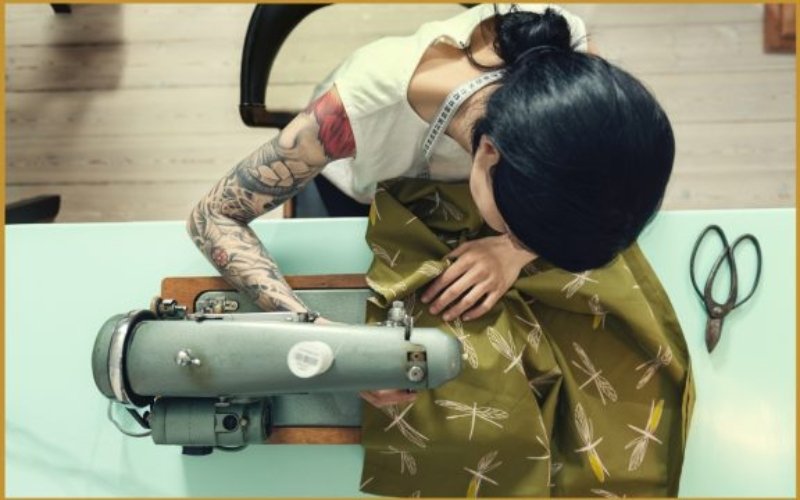
1.2 Achieve the perfect fit – Say goodbye to standard sizes
One of the most compelling reasons to sew your own clothes is the ability to achieve the perfect fit. Standard sizes are designed to fit a generic body shape, leaving many people frustrated with garments that are too tight, too loose, or simply don’t flatter their figure.
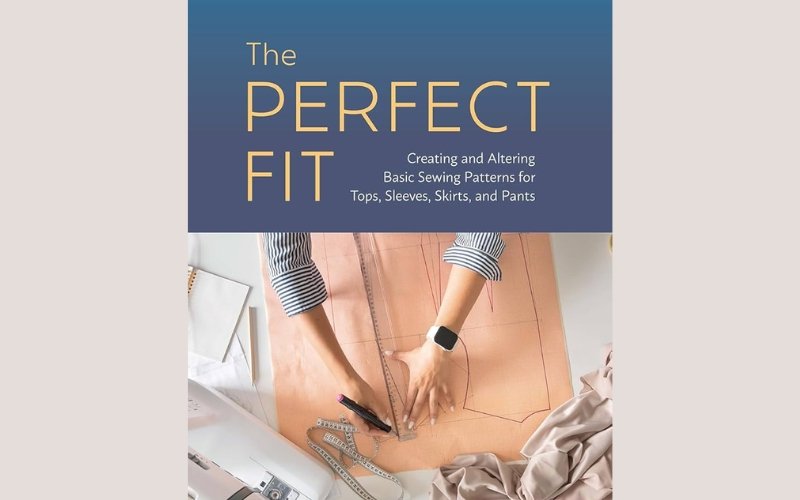
1.3 The joy of sewing – A fun and rewarding hobby
Beyond the practical benefits, sewing is a fun and rewarding hobby that offers a creative outlet and a sense of accomplishment. Experiencing the satisfaction of creating something with your own hands is incredibly fulfilling. As you develop your sewing skills, you’ll gain a valuable and versatile skill that can be used for a variety of projects, from clothing and home decor to gifts and crafts.
1.4 Track your progress: The value of a sewing journal
Sewing your own clothes is a more sustainable and ethical alternative to fast fashion. By creating your own garments, you reduce your reliance on mass-produced clothing, which often comes with a high environmental and social cost. You can also make conscious choices about the fabrics you use, opting for organic, recycled, or locally sourced materials. This allows you to minimize your impact on the planet and support ethical labor practices.
2. Getting started: Essential tools and materials for beginner sewers
2.1 The must-have sewing supplies checklist
To embark on your sewing journey, you’ll need a few essential tools and materials. Here’s a checklist of must-have sewing supplies for beginner sewers:
- Sewing machine: A basic mechanical machine with a straight stitch, zigzag stitch, and buttonhole function is a great starting point.
- Fabric scissors: Invest in a good quality pair of fabric scissors that are sharp and comfortable to use.
- Pins and pincushion: Pins are essential for holding fabric together before sewing. A pincushion keeps your pins organized and easily accessible.
- Measuring tape: A flexible measuring tape is needed for taking body measurements and measuring fabric.
- Seam ripper: A seam ripper is a small tool with a sharp blade that is used for removing stitches. It’s essential for fixing mistakes.
- Marking tools: Chalk or fabric pens are used for marking pattern pieces on fabric.
- Iron and ironing board: An iron is essential for pressing seams and giving your garments a professional finish.
- Thread: Polyester or a cotton/poly blend thread is recommended for beginners.
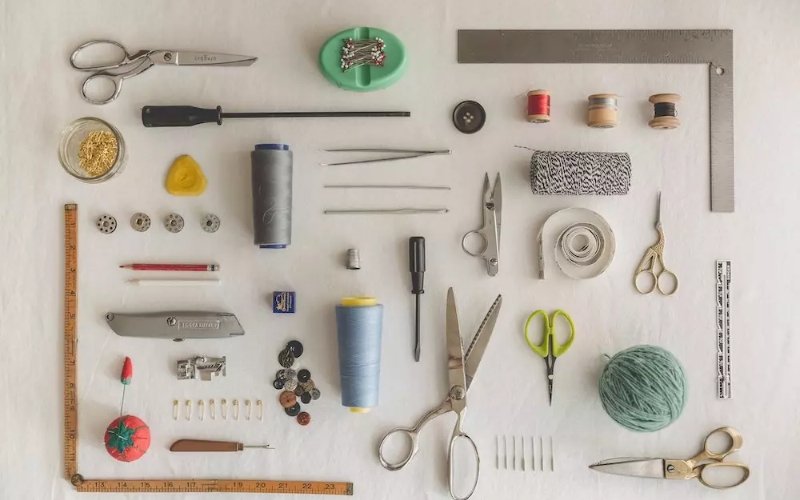
2.2 Choosing the right sewing machine for beginners
Choosing the right sewing machine is a crucial step for beginner sewers. Consider borrowing a machine from a friend or family member or buying a secondhand machine to save money. A basic mechanical machine is often a better choice than a computerized machine for beginners, as it’s simpler to learn and operate. Look for a machine with key features such as a straight stitch, zigzag stitch, and buttonhole function.
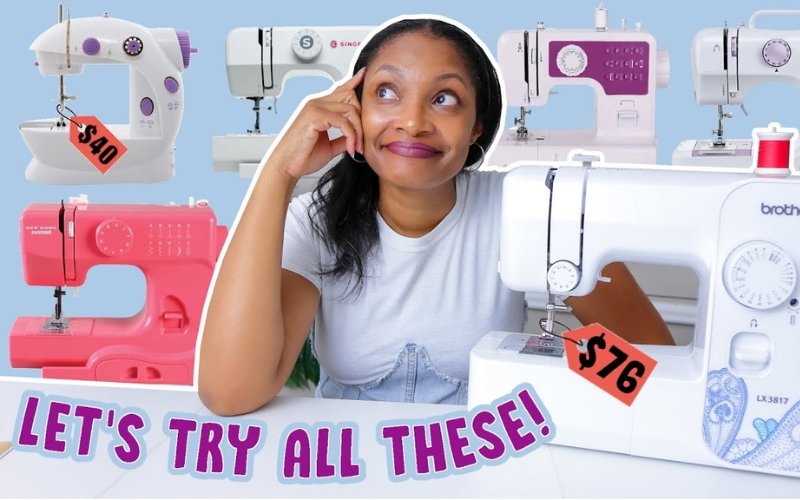
2.3 Selecting beginner-friendly fabrics
Selecting the right fabrics is essential for successful sewing projects. Woven fabrics like cotton and linen are generally easier to handle for beginners because they are stable and don’t stretch as much as knit fabrics. Start with solid colors or simple prints, as these are easier to match and cut.
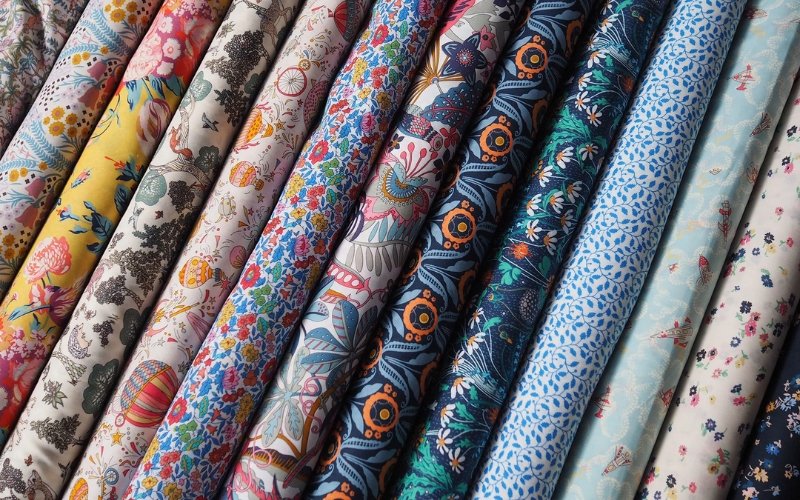
2.4 Understanding sewing patterns: A beginner’s guide
Sewing patterns are templates that guide you in cutting and sewing fabric to create a garment. They come with instructions and pattern pieces that you trace onto fabric. For beginners, it’s best to start with “easy” or “beginner” level patterns. Look for patterns for simple garments like elastic-waist pants, simple skirts, or A-line dresses. You can find sewing patterns from independent pattern designers or from big-box brands.
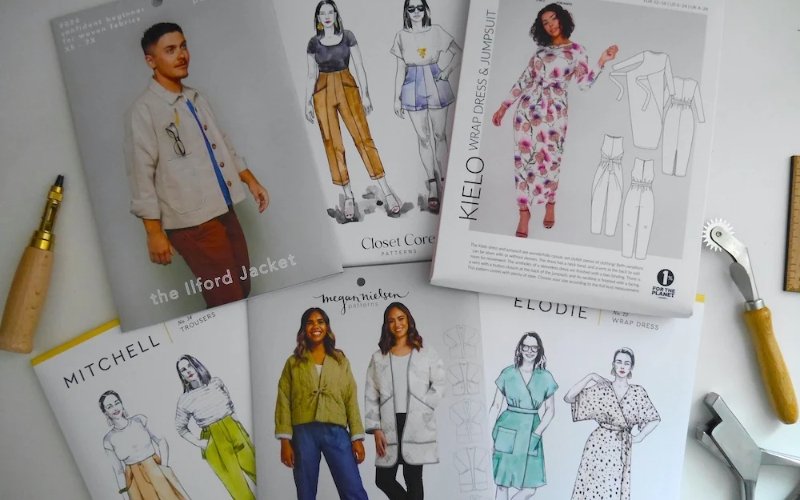
3. The sewing process: Step-by-step guide to making your first garment
3.1 Understanding your sewing pattern instructions
Before you start cutting and sewing, it’s essential to read the entire pattern instructions carefully. Pay attention to pattern symbols and terminology, such as grainline, notches, and seam allowance. The grainline indicates the direction in which the fabric should be cut, notches are used for matching pattern pieces, and seam allowance is the distance between the cutting line and the stitching line.
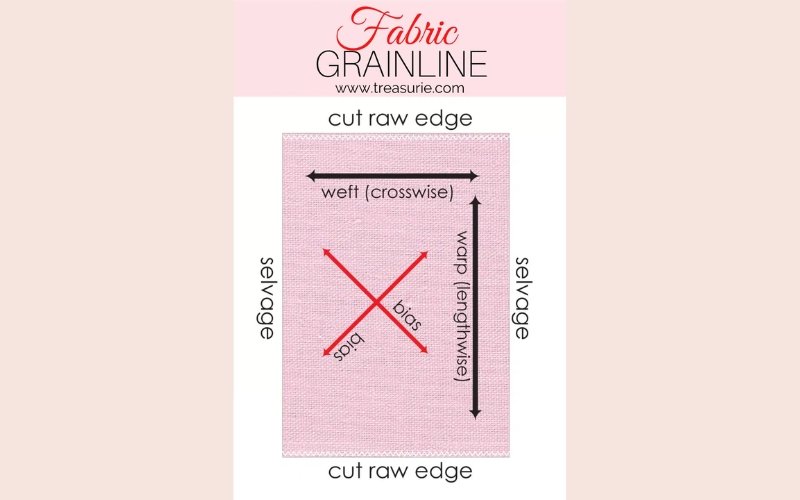
3.2 Preparing your fabric: Pre-washing and cutting
Pre-washing your fabric is crucial for preventing shrinkage and color bleeding after the garment is sewn. Wash and dry the fabric according to the care instructions before cutting. Then, lay out the fabric and cut according to the pattern layout, paying attention to the fabric grain.
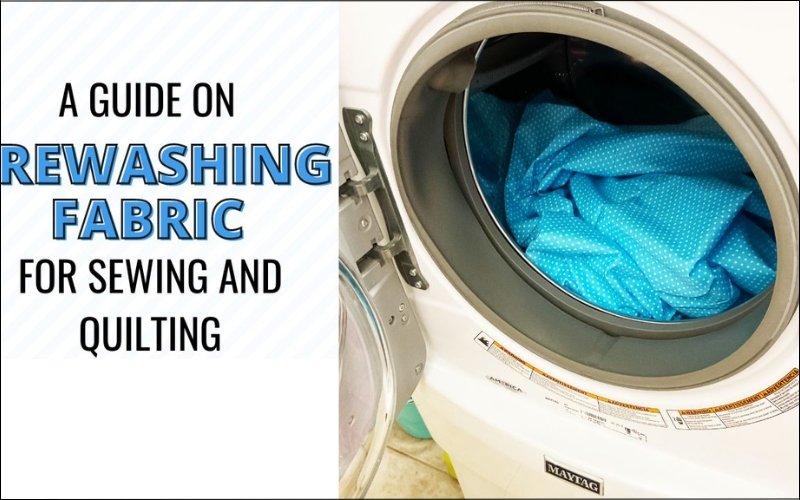
3.3 Basic sewing techniques: Mastering the essentials
Mastering basic sewing techniques is essential for creating well-made garments. Here are a few essential stitches and techniques to learn:
- Straight stitch: Used for sewing seams. Sew a straight stitch by guiding the fabric evenly under the sewing machine needle.
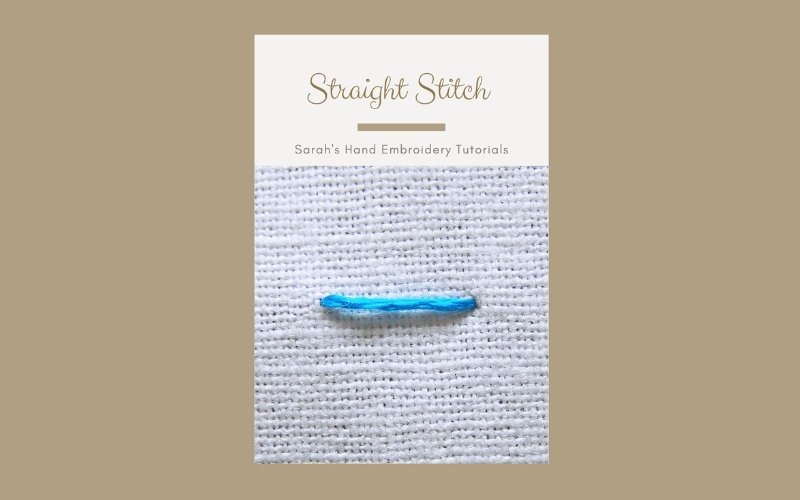
- Zigzag stitch: Used for finishing raw edges and preventing fraying.

- Backstitching: Used for reinforcing seams at the beginning and end.

- Sewing a simple seam: Place two pieces of fabric right sides together, align the edges, and sew a straight stitch along the seam line.
- Pressing seams: Press seams open or to one side after sewing to create a clean, professional finish.
3.4 Making a mock-up (muslin or toile): Ensuring a perfect fit
Before cutting into your final fabric, it’s a good idea to make a mock-up (also called a toile) using inexpensive fabric. This allows you to test the fit of the pattern and make any necessary adjustments before sewing the final garment.
3.5 Putting it all together: Assembling your garment
Follow the pattern instructions carefully to sew the garment pieces together. Pay attention to the sewing order and take your time to ensure that each seam is sewn accurately. Stay organized by keeping your pattern pieces and fabric pieces together.
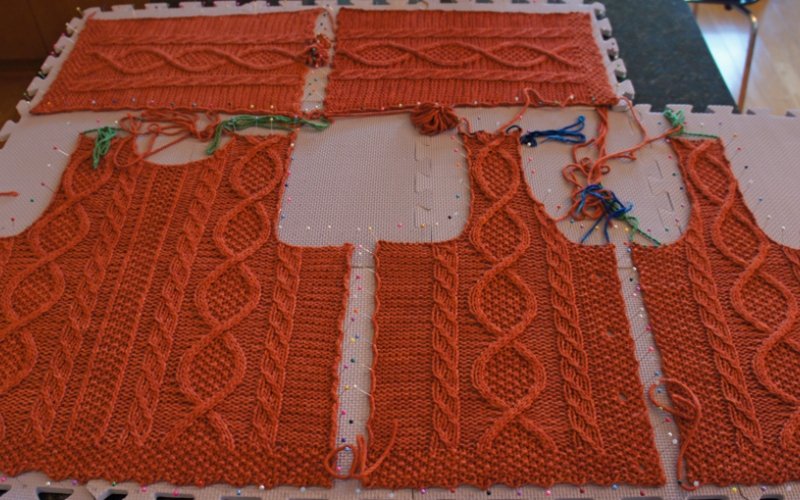
3.6 Finishing touches: Hems, closures, and details
Once the garment is assembled, you’ll need to add the finishing touches, such as hems, closures, and any other details. Hems can be created using a single-fold or double-fold technique. Closures, such as zippers or buttonholes, should be inserted according to the pattern instructions.
4. Tips for success: Building confidence and avoiding frustration
4.1 Practice makes perfect: The importance of sewing practice
Practice is essential for improving your sewing skills. Practice sewing straight seams and different stitches on scrap fabric before working on your final garment. Start with small, simple projects to build your confidence.
4.2 The power of patience: Don’t rush the process
Sewing takes time and patience. Don’t rush the process. Take your time to understand the instructions, cut accurately, and sew carefully. Remember, the goal is to enjoy the learning process and not to burn out.
4.3 Learning from mistakes: Embrace imperfection
Everyone makes mistakes when they’re learning to sew. Don’t get discouraged by them. Use your seam ripper to fix them and learn from them. Embrace imperfection.
4.4 Keeping a sewing journal
Keeping a sewing journal is a helpful way to track your progress and learn from your experience. Record patterns, fabrics, adjustments, and outcomes in your journal.
5. FAQs about making clothes for beginners
5.1 What is the easiest garment to sew for a beginner?
Simple items like pillowcases, tote bags, or elastic-waist skirts/pants are excellent starting points. They involve straight seams and minimal fitting.
5.2 Do I need an expensive sewing machine to start?
No, a basic mechanical machine is sufficient for beginners. You can often find good quality used machines.
5.3 What type of fabric should I avoid as a beginner?
Avoid slippery fabrics (silk, satin), stretchy knits (jersey), and very thick fabrics (denim, canvas) until you gain more experience.
5.4 How do I know what size pattern to choose?
Take accurate body measurements and compare them to the pattern’s size chart. Don’t rely on your usual clothing size.
5.5 Where can I find help if I get stuck while sewing?
Online sewing communities, forums, YouTube tutorials, and local sewing classes are great resources for getting help and advice.
6. Packlove: Professional labels and packaging for your creations
Even self-sewn clothes can benefit from professional, personalized touches! Packlove offers a variety of custom labeling and packaging options to elevate your handmade creations and give them a polished, boutique feel, whether you’re keeping them, gifting them, or selling them.
- Value Booster Kit: This kit includes a combination of labels and packaging to give your finished garments a professional, branded feel.
- Woven Labels: Add a professional touch and brand identity to the inside of your garments with custom woven labels.
- Heat Transfer Labels: Great for care instructions or smaller branding details, especially on items where a woven label might be bulky.
- Rubber Labels: Durable and unique option for outerwear or items that need a more robust label.
- Zipper Bags/Poly Mailers: If you decide to gift or even sell your creations, these provide professional packaging.
Visit our website to learn more and order your custom labels and packaging today!
Read more:
Sewing your own clothes offers a world of benefits, from unleashing your creativity and achieving the perfect fit to making sustainable and ethical fashion choices. Take the first step and start your sewing journey today! It’s a rewarding process that will empower you to create a wardrobe you love. Remember that resources and help are available to support you along the way.






















